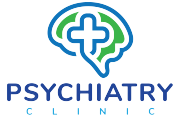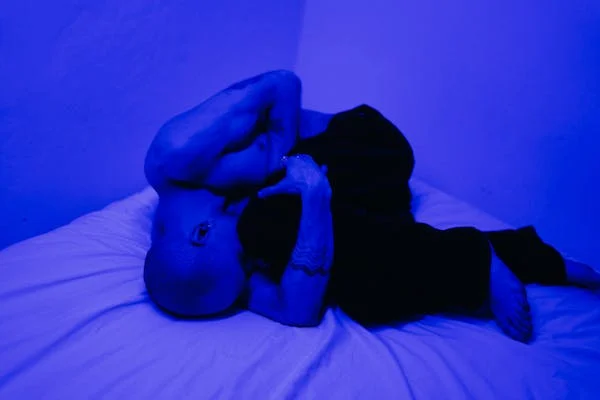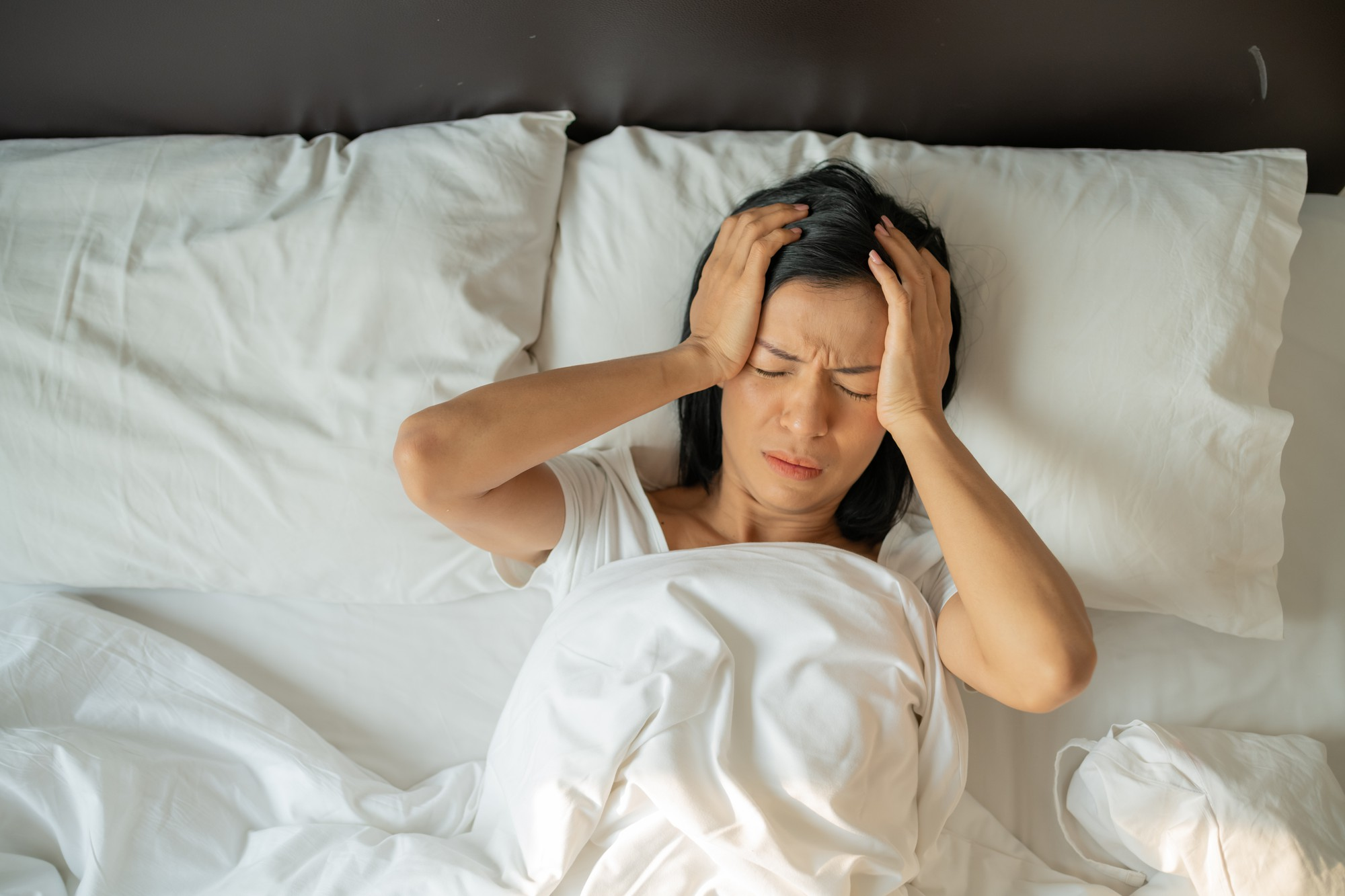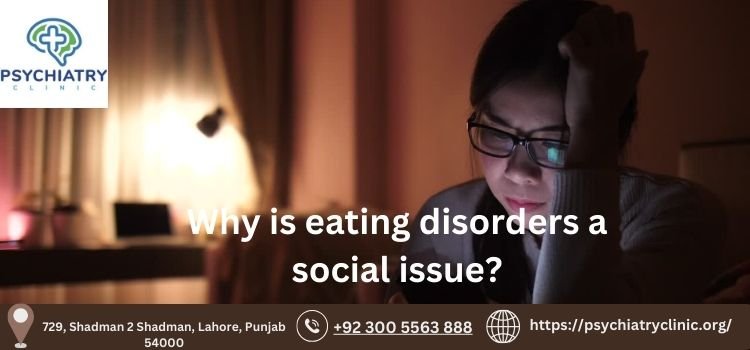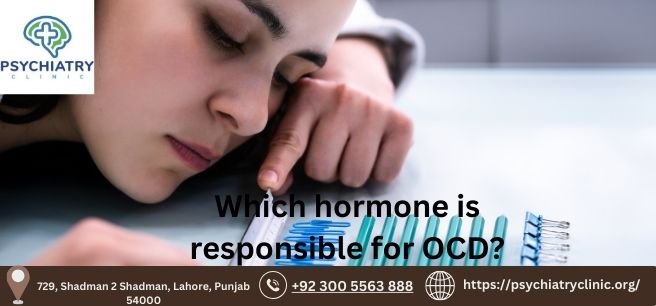What is Depression?
What is Depression? An overview of Depression
Most of the people ask to their psychiatrists that what is depression and what are the consequences. One of the most common mental illnesses is depression. Depression should be told apart from normal changes of mood that happen after something stressful happens. It’s more than just a worry. Rather it is a psychiatric disorder and has a range of physical and psychological symptoms. Most of the patients present with physical symptoms. These include fatigue, lethargic, body pains especially muscular pain, constipation, weight loss or weight gain. Similarly, an array of psychological symptoms includes sadness, lack of enjoyment, irritability, decreased concentration and memory. These symptoms are discussed in detail relevant sections of Clinical Depression. We also call this Major Depressive Disorder. Another thing is to be mentioned here that patients suffering from depression are fully sane, they are well aware of their symptoms. And they want to get rid of it. This is in contrast with other psychiatric disorders such as schizophrenia in which a patient may not consider him-self ill. Depression is highly prevalent in our society. According to one survey, the lifetime prevalence of depression is 10 to 20%. That means out of 100 people almost to 20 will experience depression during their lifetime. This is a huge number. Another way to estimate the magnitude of depression is to calculate the total burden of disease in society. And depression is among the top 5 illnesses. (WHO survey 2004)Two main Clusters of Depression Symptoms
Depression has a wide range of symptoms ranging from psychological symptoms to physical symptoms. In our society, more than seventy percent of patients present with physical symptoms. Although physical symptoms of depression are common, diagnosis is usually made on the basis of psychological symptoms.Common psychological symptoms of depression
- Mood changes are core symptoms of depression
- Sleep disturbance; Four things you need to know
- Difficulty in falling asleep,
- Frequent interruptions during sleep
- Feeling of fatigue after getting up from sleep. And this freshness is not achieved even after 10 to 12 hours of sleep.
- Another important characteristic of depression’s sleep is early morning awakening. That means the patient awakens two hours before the usual awakening time and unable to fall asleep afterward.
- Anhedonia
- Negative thoughts in depression explained in three steps
- Worthlessness; the patient considers him-self a failure. When he compares with others he considers him-self inferior, his self-esteem and confidence is shaken.3
- Hopelessness; Patient with depression sees no hope in future. He has frequent thoughts that his job will be no more and his business will be ruined.
- Guilt; the patient with depression blames himself after minor mistakes. He may attribute the sufferings of others to self, “I am the reason for all this misery. It is due to me my children and family are suffering. If I will end my life everything will be ok”. He may feel guilty for the mistakes done long before the onset of illness.
- Suicide; is an alarming psychological symptom
Types of Depression
There are various types of depression- Postpartum Depression; Depression symptom appear after the delivery of newborn baby. It is different from postpartum psychosis.
- Season effective Disorder; Depression appears in specific season, especially in winter
- Melancholic Depression; Physical Pain and myalgias are prominent in these types.
Five major Signs of Depression
As mentioned earlier these symptoms are the most frequent presentation of depression. And these are major reasons for patients’ sufferings and their decline in work performance.- Body aches and pains; there is generalized and vague pain in the whole body especially legs and shoulder muscles and head. Before appearing in a psychiatric facility, these patients have had put multiple visits with a physician. And over the counter use of analgesics is also frequent.
- Decreased energy/ easy fatigue ability; these patients are lethargic, tired easily after minor physical or mental exertion.
- Decreased appetite/ weight loss/ constipation; patients with depression can have decreased appetite that results in weight loss. Weight loss greater than 5 percent of body weight is considered significant for depression.
- Decreased libido
- Menstrual irregularities in females
Looking into the Causes of depression
Like other psychiatric illnesses, the etiology of depression can be multifactorial. There is interplay of biological, psychological and social factors.Genetics
The risk of depression is increased in family members to 20-30%. This could be due to genetics or due to the same environment shared by a family member. Gene linkage and association studies have established the link between certain locations on chromosome and depressionNeurochemicals and brain changes
There are different chemicals in the brain called neurotransmitters. There function is to transmit the signal among different brain neurons. For a brain to handle a stressful situation there optimum level is necessary. In depression, their levels are decreased. Neurotransmitters that are frequently involved in depression are serotonin and norepinephrine. Apart from neurotransmitters, activities of certain brain areas are disturbed in depression. These are anterior cingulate gyrus, hippocampus, amygdala, and prefrontal cortex.Role of medical illnesses in depression
Depression is also highly associated with general medical conditions such as diabetes mellitus, hypertension, hypothyroidism, cerebral vascular accidents, and ischemic heart disease. In fact, every chronic disease can be associated with depression. This can be due to the direct effect of medical illnesses on brain chemistry or due to stressors and disability associated with medical conditions.Role of life events?
Depression is frequently associated with life events. According to one study patients who were suffering from depression are exposed to adverse life events six-fold than that of the general population. Brown and Harris studied the life event in depth. They classified into two groups;Long term life difficulties called vulnerability factor
short term factors
According to them, vulnerability factors themselves don’t cause depression but they increase the effect of short-term factors. So, the effect is intense and cumulative when these two types of factors combineExamples of vulnerability factors are;
Having no one confide in to take care of younger children difficult marriage Examples of short-term life events; A list of short-term factors can be very long. Physical abuse, being unemployed, acute medical illness divorce, failure in examination, death of a close relative, etc.How the negative thoughts cause depression?
Negative automatic thoughts are one of the major factors for onset as well as maintenance of depression. Let’s discuss this with example. A wife called to her husband and he did not pick the call. There can be a lot of explanations for not picking the call like he might be busy meeting, driving, and cell phone might be on charging. Or the most negative thought can be that the husband didn’t pick the call deliberately to ignore her wife. Mood reaction toward the last is obvious. The depressed patient’s brain is tuned to pick the very thought which is most negative. Remember many times patients are not aware of negative thoughts. For details study BECK COGNITIVE THEORY FOR DEPRESSION.Can depression worsen other medical illnesses?
The relationship between depression and medical illnesses is bilateral. Earlier we have discussed medical illnesses as a risk factor for the development of depression. But on the contrary, depression may also complicate medical illnesses. Here we will discuss the example of diabetes mellitus. As we know in diabetes mellitus blood sugar level is increased. If a patient has comorbid depression this glycemic control can be compromised. This can be due to multiple reasons. (1) In depression forgetfulness is common and he may forget to take medicine for diabetes. (2) In depression level of stress hormones such as cortisol in increased which in turn increases the blood sugar level. (3) In depression, lethargy and laziness are common symptoms and due to these patients are not able to do proper exercise required for diabetes mellitus.Difference between bipolar Disease and Depression
Bipolar is also a mood disorder. In this disorder phase of Mania or manic episode alternate with phases of depression Bipolar I In this condition, there are episodes of mania and depression. Either can appear. Bipolar II There are episodes of hypomania along with episodes of depression. There is to differentiate manic depression from that of other depression. Careful history is mandatory. This is because treatment is very different for both conditions.Depression Treatmen
Treatment consists of drug treatment, psychological and social treatment. Drug treatment; the role of antidepressants There are different groups of antidepressants; SSRIs (selective serotonin reuptake inhibitors), TCAs (tricyclic antidepressants), SNRIs (serotonin-norepinephrine reuptake inhibitors) and atypical antidepressants. These drugs increase the level of certain chemicals in the brain that is involved in the etiology of depression such as serotonin and norepinephrine. They are started at a low dose usually a single or half tablet per day and gradually dose is increased till the response is achieved. Response to antidepressants usually appears in two weeks. If there is a marked disturbance of sleep, a low dose of sedative can be added for a short period of time. After the remission of symptoms, antidepressants are to be continued for at least six to nine months. Remember these drugs are not addictive and they are to be taken regularly. We have observed that patients take medicine irregularly and when symptoms reappear, they become anxious and start using them excessively. Their aim is to achieve that during that very day. This is not recommended.Psychological and social treatment of depression
This can take a lot of forms from simple to complex ones. The counseling of patients and their relatives is required. Giving full informational care regarding depression, treatment options, outcome and prognosis is also necessary. As mentioned earlier that in depression there is a long list of symptoms, the patients usually fail to understand what is happening with them. They feel comfortable when they get an answer to their symptoms. Two commonly used structured psychological techniques include cognitive behavior therapy and interpersonal therapy. Cognitive behavior therapy (CBT) The rationale of CBT in depression is negative automatic thoughts also called cognitive errors. CBT is a brief, limited technique encouraging patients to develop independent self-help skills. The aim is to broaden the way of thinking beyond negative automatic thoughts. The patient is considered an equal partner and he makes a team with a therapist. It is not just a therapist is suggesting what to do and not to do. These four strategies are used in CBT for depression; cognitive, behavioral, cognitive-behavioral and preventive strategies. For details see cognitive behavior therapy for depression. Interpersonal therapy As mentioned earlier life events play an important role in the etiology of depression. Mostly these life events revolve around interpersonal relations. In this technique interpersonal relations are addressed. Self-help techniques These include regular exercise, breathing retraining exercise, regular eating habits, regular sleeping habits, etc.Social Media
Related
Get The Latest Updates
